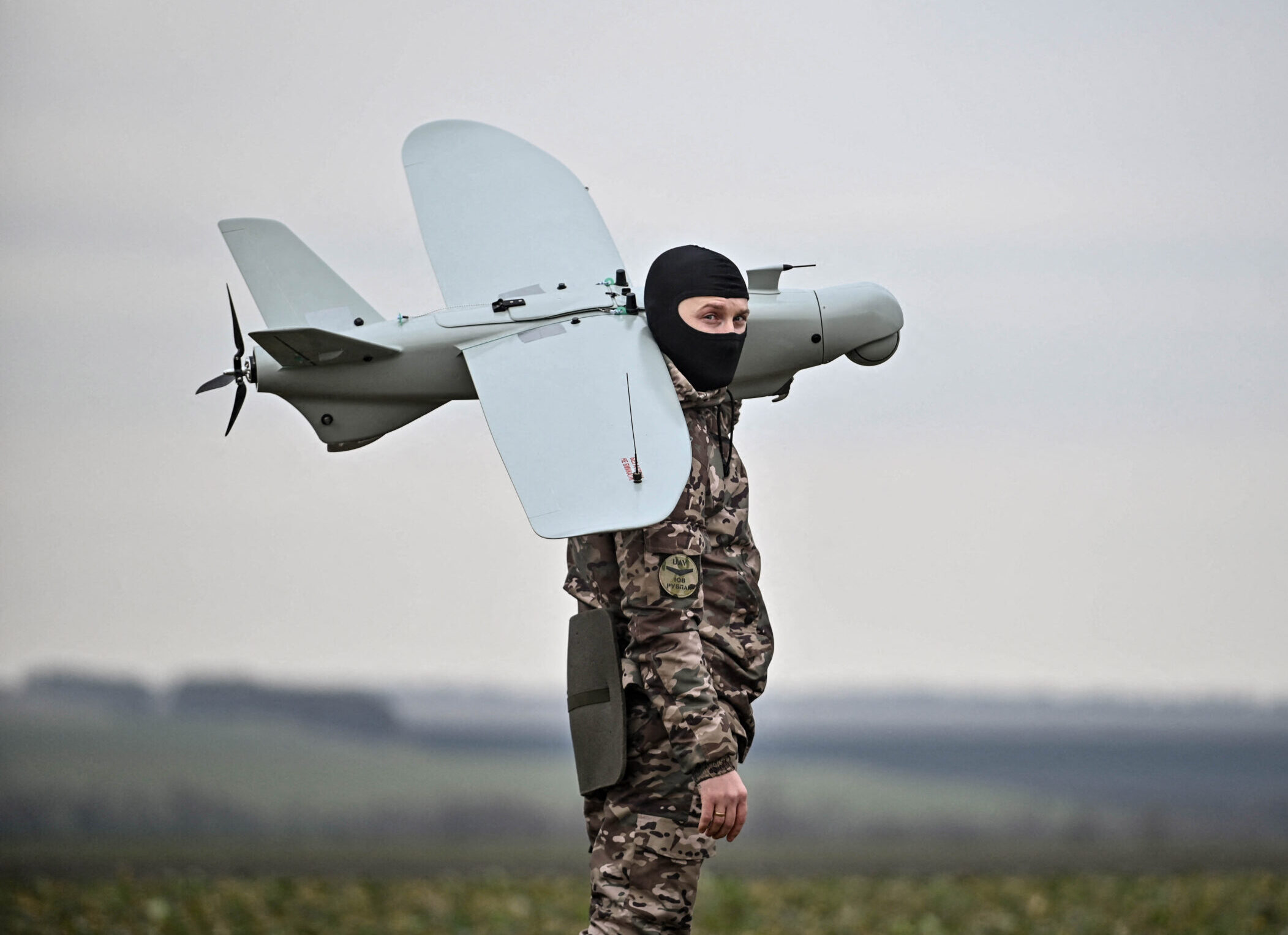JUST IN: Army Envisions Legions of Autonomous Logistics Robots to Deliver Supplies
iStock photo
CHARLOTTE, North Carolina — Army Futures Command’s relatively new Contested Logistics Cross-Functional Team now has a rough technology roadmap to follow and one of its goals is to deploy autonomous robots in the air, land and sea to deliver supplies in war zones.
Rob Watts, the team’s deputy director, said the concept includes autonomous aircraft, trucks and boats that would distribute everything from water, fuel and ammo and hand them off to each other without soldiers needing to intervene.
A small autonomous boat might land on a beach where the supplies are then loaded onto a ground robot, he said at the National Defense Industrial Association’s Tactical Wheeled Vehicles Conference in Charlotte, North Carolina.
Army Futures Command leader Gen. James Rainey “has charged us to look for ways to bring autonomous robots and relieve soldiers from mundane things” like delivering fuel, Watts said.
The Army in early 2023 stood up the Contested Logistics Cross-Functional Team under Army Futures Command. It reached full operational capability by the end of the year. The command and its various cross-functional teams are charged with informing the Army of future requirements.
The “autonomous resupply and distribution” concept has the Pentagon’s strategic shift to the Indo-Pacific in mind along with the realization that enemies will attack U.S. supply chains in all domains, he said. “We’ve got all these islands and the distance and the water and everything else. We have got to think of different ways of doing this.”
The Army is working with the Marine Corps on the concept of “swarms” of small autonomous watercraft that can do resupply, he added.
Along with the robotic ecosystem of resupply platforms, the cross-functional team will work on a concept called “precision logistics,” which will give a more accurate and up to date view of where fuel, water, ammo and other items are needed in the logistics tail.
“We want it to be AI and [machine learning] enabled to give commanders real-time information so they can make decisions,” he said.
The next item on the list is prognostic diagnostic maintenance to get ahead of the curve as to when parts will fail. Because of the “tyranny of distance” in the Indo-Pacific, small teams need to get parts more quickly, he said.
“We want to be like Tesla and get the part to you before you even know you need it,” he said. Predictive maintenance has been around a long time in the commercial sector. “We have just never really leveraged that capability in the Army.”
Delivering energy and water are two tasks where the Army thinks it can improve its logistics footprint, he said, adding there probably isn’t much room for improvement to be found in reducing weight or demand in terms of ammunition.
Energy falls under “advanced power.” If the Army can reduce the demand for fuel, it reduces the logistical tail. Industry is working on alternative fuels and longer lasting advanced batteries and rechargeable batteries that the Army can employ, he noted. “There is a lot of work being done, but we’re not there yet.”
Alternate fuels are not a solution if it just means creating another logistics tail. The same goes for technology that requires fuel to make water clean. “You’ve just traded one problem for another.”
The cross-functional team is carrying out market research on energy solutions, he said.
Army Futures Command is looking at the needs of the Army in 2040, which is not that far off in terms of development and acquisitions. It will need to start fielding capabilities in the mid-2030s, he said. “So, we have got to figure all this out,” he said.
Topics: Army News




















Discussion about this post